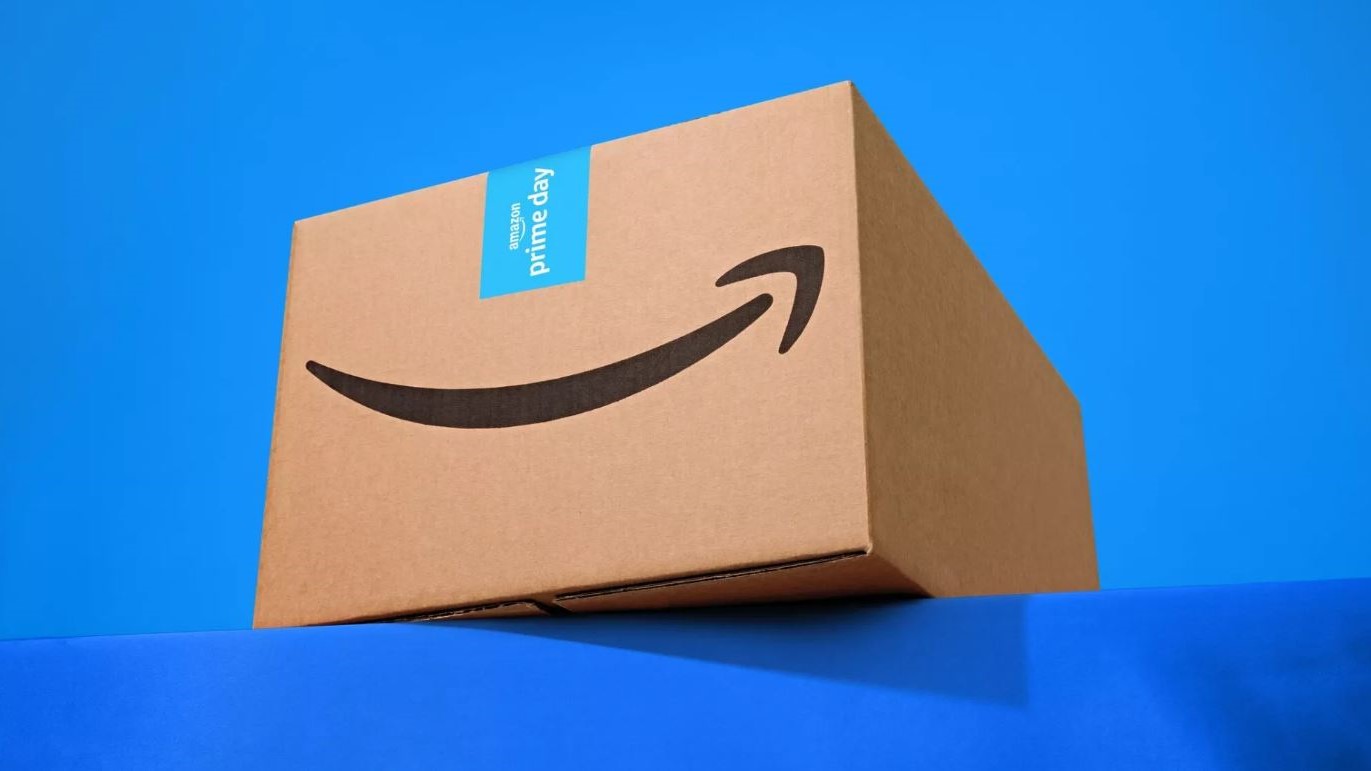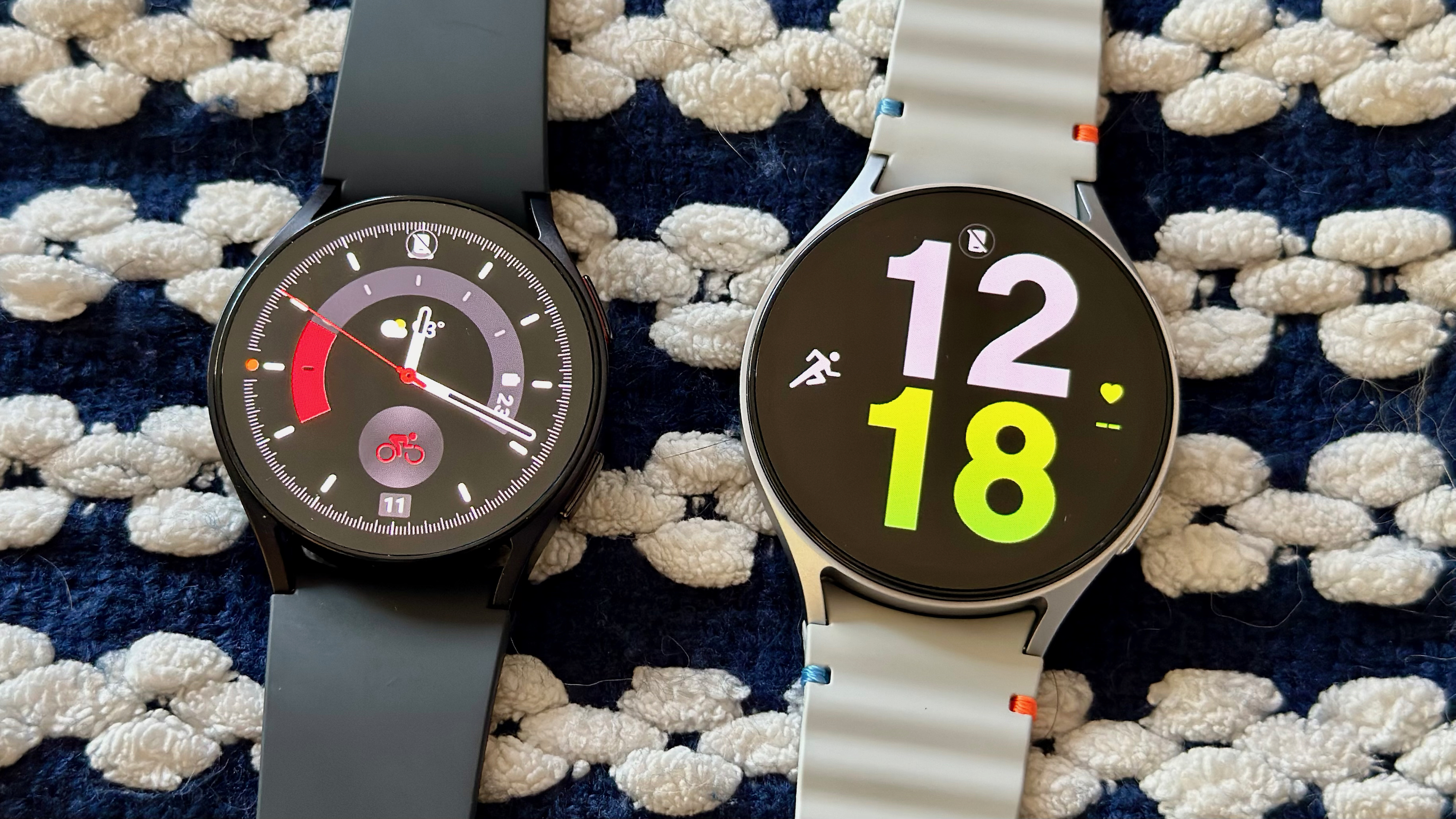Should you upgrade to the Galaxy Watch 7, Watch Ultra, or Galaxy Ring?
The Galaxy Ring, Watch 7, and Ultra are designed for very different people, and only two of them have good trade-in options.


1. Prime Day smartwatch deals
2. Prime Day phone deals
3. Prime Day tablet deals
4. Prime Day smart home deals
5. Prime Day smart TV deals
Samsung has three compelling wearable options coming out of Galaxy Unpacked this year: the $299 Galaxy Watch 7, the $399 Galaxy Ring, and the $649 Galaxy Watch Ultra. The new smart ring option—and the more expensive upgrade than past Pros or Classics—makes choosing one more complicated than usual!
In theory, you could buy a Galaxy Ring and Galaxy Watch 7 for just $50 (+ tax) more than a Galaxy Watch Ultra. You could buy a Galaxy Ring and keep using your older Galaxy Watch. Or you could simply upgrade to the Galaxy Watch 7 and save the Rings and Ultras for power users.
We'll speak specifically to those with a Galaxy Watch 6 (Classic), Galaxy Watch 5 (Pro), or Galaxy Watch 4 (Classic) and help you decide if you're wavering on which new Galaxy Watch or Ring to buy!
Option 1: Upgrade to the Galaxy Watch 7

The value of a new Galaxy Watch depends, as always, on how out-of-date your current watch is. Each new generation adds a few new perks, so the Watch 7's value is relative.
The Galaxy Watch 4 has a two-generation-old Exynos, thicker display bezel, smaller battery capacity, no skin temp sensor, slower charging, and just got its last Wear OS update. If that's your current watch, I can't think of a better time to update. Trade in your Watch 4 when you preorder the Watch 7 on Samsung.com and it'll only cost $125, including an extra band.
Galaxy Watch 5 owners have a temperature sensor, proper sapphire glass protection, the current 10W charging speed, and Wear OS 6 promised for next year. Still, it has the same downsides compared to the Watch 6 like the smaller displays and older Exynos with less RAM. A Watch 5 trade-in drops the upgrade price to $100 plus the extra band.
Any recent Galaxy Watch 6 owners have the toughest call. The Watch 6 and 7 share the same displays, memory, battery capacity, and protection. It has double the storage for those who use their watch for music streaming instead of their phone, a niche concern. Again, the post-trade-in price on Samsung.com is $100.

Your main reasons for upgrading are the Exynos W1000 CPU, the revamped health sensors for more accurate HR data, and the dual-band GPS. Are these enough?
I did an early Galaxy Watch Ulta fitness test against a a heart rate monitor and a Garmin watch with dual-band GPS, and was very impressed with the revamped accuracy for both. The Galaxy Watch 7 shares the same HR LEDs and GPS antenna, so it should be equally accurate — far better than my Galaxy Watch 6 fitness test last year.
Also, I strapped on my heavy Ultra for sleep tracking last night and found that it gave me the same nightly blood oxygen average as my Garmin watch (high-90s percentage) instead of the low-90s or high-80s that my Watch 6 Classic registered.
As for overall speed, the Galaxy Watch Ultra certainly delivers on speed, zooming through tiles, scrolling smoothly, and opening apps quickly. Samsung claims the Exynos W1000 is "2.7x quicker" at launching apps than the Exynos W930, or up to 3.7x faster for multi-core tasks.

I can certainly notice a difference in snappiness and smoothness putting the Watch Ultra and Watch 6 Classic side-by-side, but the older watch isn't that much slower. The Ultra-Watch 5 gap with less RAM and the Exynos W920 chip is much more significant. If you have the Watch 6, you'll enjoy the Watch 7's extra speed, but I wouldn't say it's strictly necessary.
Overall, you should choose the Galaxy Watch 7 upgrade if you're (A) using an older watch and need a real upgrade or (B) you're an impatient techie who truly needs top-tier specs every single year. Why skip the Galaxy Watch 7? If you're used to your Galaxy Watch 5 Pro's extra battery life or Watch 6 Classic's rotating bezel.
Option 2: Upgrade to the Galaxy Watch Ultra

If you compare the Galaxy Watch 7 vs. Ultra, the key differences are its rugged titanium frame, the same 590mAh capacity as the Galaxy Watch 5 Pro, the extra 1,000 nits of brightness, a third button for exercise shortcuts, a built-in siren and LTE antenna, and unique bands.
Galaxy Watch 5 Pro owners might be the primary target for the Galaxy Watch Ultra. You paid extra for its titanium build and three-day battery life, without needing a physical bezel. Now, you're jumping ahead two Exynos generations with 33% more RAM, improving from 1,000 to 3,000 nits while removing the thicker display border, and adding properly accurate HR and GPS data.
Basically, the Galaxy Watch Ultra has become your only way to get a longer-lasting Galaxy Watch in 2024. It's a pricey proposition, but trading in either the Watch 5 Pro or 6 Classic cuts $430 off the preorder price and includes an extra band, making it cost the same as a full-priced Galaxy Watch 7 ($299).
That's a great deal for Watch 5 Pro owners with two-year-old hardware, who originally paid $450 for it!
Why avoid a Galaxy Watch Ultra upgrade? Watch 5 Pro owners will have to accept adding an extra 14g/0.5oz of weight; choose the nylon band over the marine band if you're concerned. Watch 6 Classic owners will find the Ultra weighs about the same but no longer has that physical bezel for seamless controls—and they're getting fewer relative upgrades. It'll be an adjustment, but still potentially worth it since you're getting that same $430 off.
Option 3: Buy a Galaxy Ring, keep your current watch

Why buy the Galaxy Ring instead of the Galaxy Watch 7? The Galaxy Ring tracks a few of the same metrics — heart rate, blood oxygen, skin temperature, steps and workout effort via the accelerometer, and sleep stages and quality — but not other health data like AFib, body composition, sleep apnea, and GPS/elevation tracking. Plus, you can't fit as many LEDs into a petite ring.
We haven't determined yet whether the Galaxy Ring matches the Galaxy Watch 7 for accuracy, and can only do so after a thorough review; we were, at least, very impressed by how comfortable and stylish it is during our Galaxy Ring hands-on.
Choose the Galaxy Ring if you hate sleeping with a smartwatch but want nighttime insights into your health. You can wear both the Galaxy Ring and your older Galaxy Watch during the day and have Samsung pick and choose the best data from both devices. Then, at night, you'll get insights into your body's health and daily energy that the Watch 7 can't deliver if it sits on your nightstand.
This option will require a new way of thinking for Android smartwatch owners. Owning both a smartwatch and a smart ring is an expensive proposition unless you space out your purchases and make both of them last. So maybe you can buy this smart ring and try to make your current Galaxy Watch last another few years.
Another option (let's call it Option 3.5) is to buy the Galaxy Watch 7 and Galaxy Ring. The Galaxy Ring has no trade-in option, but assuming you can trade in a Watch 5 or 6 to get your 7, the total price adds up to $499. If you can make both devices last for a few years, you might end up calling it a bargain.
Get the latest news from Android Central, your trusted companion in the world of Android

Michael is Android Central's resident expert on wearables and fitness. Before joining Android Central, he freelanced for years at Techradar, Wareable, Windows Central, and Digital Trends. Channeling his love of running, he established himself as an expert on fitness watches, testing and reviewing models from Garmin, Fitbit, Samsung, Apple, COROS, Polar, Amazfit, Suunto, and more.
